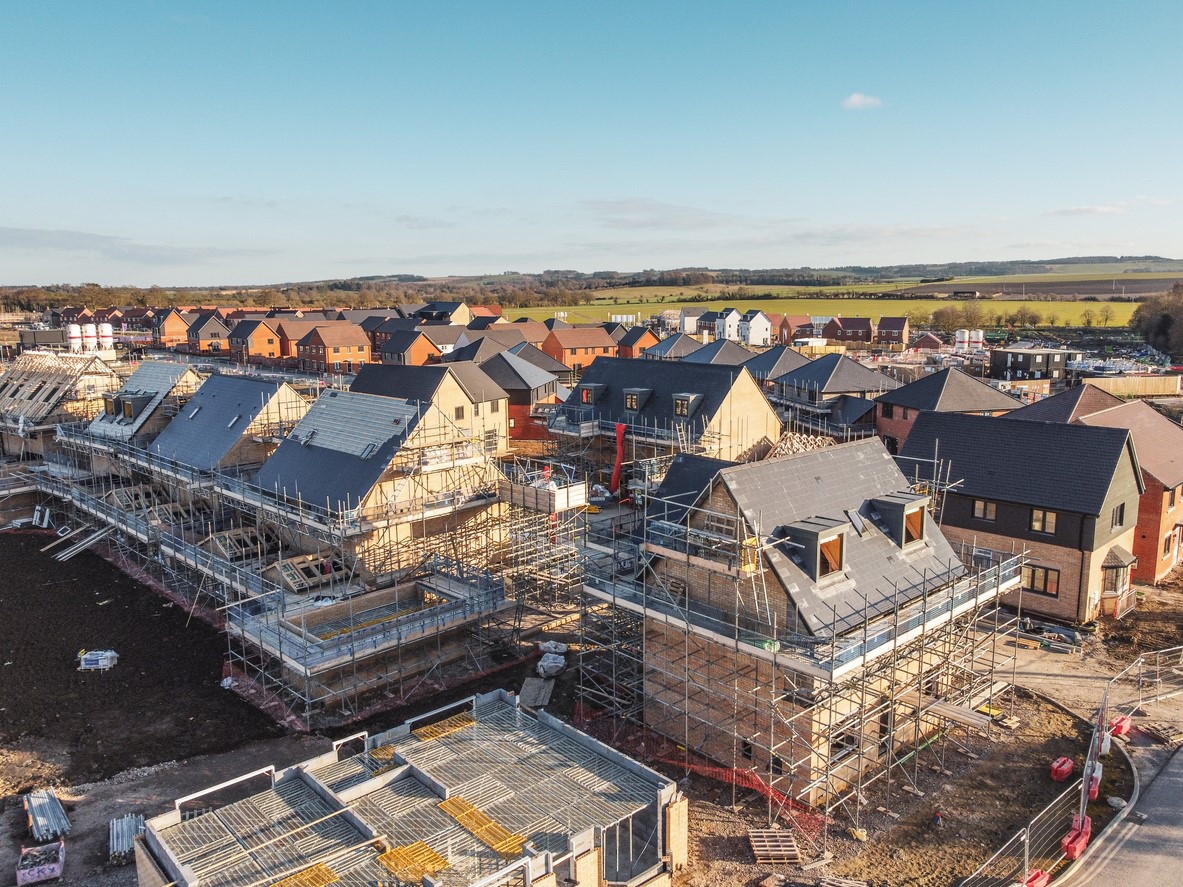Positive signs for the construction and electrical industries heading into 2023

Dominick Sandford, Managing Director at IronmongeryDirect and ElectricalDirect, said:
“Over the last 12 months, the construction industry has been heavily impacted by a number of issues, both directly and indirectly related to the trade. While this has undoubtedly caused difficulties for many, the latest data shows that there is certainly cause for optimism as we head into 2023.
“The number of people employed in the sector now stands at almost two and a quarter million, which is up by 10,000 year-on-year. It’s brilliant to see the industry growing and attracting new talent, and this has been helped by significant reductions in both unemployment and redundances.
“Despite the number of unemployed construction workers rising recently, the figure is still just 38,000, following months of sharp decreases. The current unemployment level is the third lowest since 1995, and over the summer, the statistic reached record lows (31,000).
“Regarding redundances, the monthly total has remained fairly steady around the 4,000 mark, but this is a stark improvement from last year, when the equivalent average was twice as high (8,000).
“One concerning aspect of 2022 was the rocketing number of job vacancies, with employers struggling to recruit enough workers. While this is a positive sign in terms of companies looking to grow, our recent research found that the shortage of skilled employees is one of top concerns for tradespeople heading into the new year. Encouragingly, despite the number still standing at the second highest level since records began in 2001, job listings have dropped slightly in the last few months (48,000), suggesting that positions are finally being filled.
“With the country engulfed in a cost of living crisis, it’s really good to see that more people are finding work. Unfortunately, the soaring inflation rate means that those who are employed are in essence worse off than they were in previous years.
“For the year so far, construction workers have typically received £707 a week, which is up by 6% from the same period in 2021 (£666). This increase is considerably short of the current inflation rate of 10.7%.
“Tackling the pay issue is going to be one of the main challenges for both the trade industry and the country as a whole in 2023.
“However, it is positive to see some green shoots in recent months, and hopefully these will continue growing as we move forward. These can be partly attributed to the stamp duty holiday, which drove a house boom and therefore increased revenue in the DIY and home improvement sectors.
“While 2022 has been a tough year, and these challenges look set to continue into 2023, it has provided valuable insight to us as a business, and the wider industry in general. We have learned that stock availability is a very high priority to trade customers, even over the price of products, and price inflation remains a concern for contractors, possibly preventing them from committing to fixed prices and long-term contracts. This could see them opt for smaller and more budget friendly jobs.
“With this in mind, IronmongeryDirect and ElectricalDirect are committed to supporting the industry wherever possible across our businesses, and we remain confident that 2023 will yield some positive growth within the industry.”






